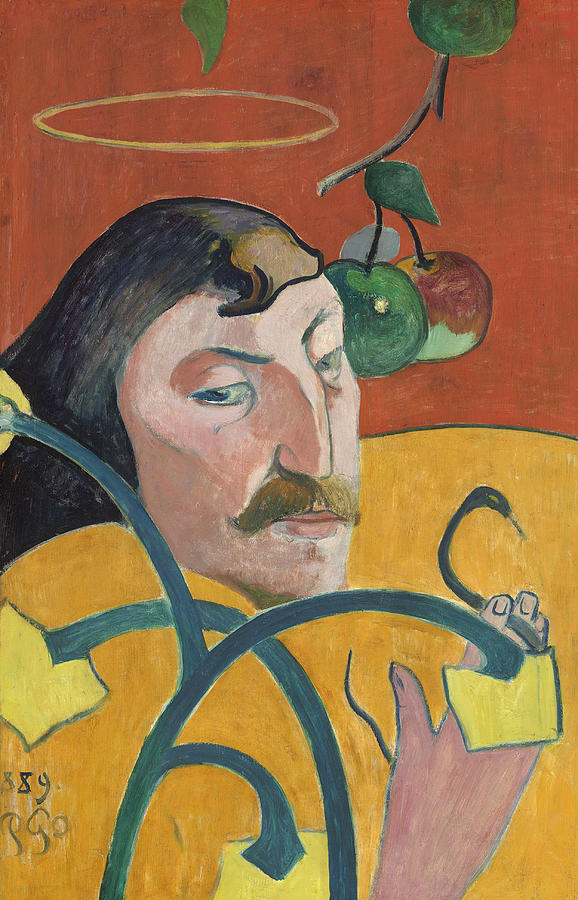
Artists and Authors aren’t geniuses or gods.
“Roman Polanski, Woody Allen, Bill Cosby, William Burroughs, Richard Wagner, Sid Vicious, V. S. Naipaul, John Galliano, Norman Mailer, Ezra Pound, Caravaggio, Floyd Mayweather, though if we start listing athletes we’ll never stop…They did or said something awful, and made something great. The awful thing disrupts the great work; we can’t watch or listen to or read the great work without remembering the awful thing. Flooded with knowledge of the maker’s monstrousness, we turn away, overcome by disgust. Or … we don’t. We continue watching, separating or trying to separate the artist from the art. Either way: disruption. They are monster geniuses, and I don’t know what to do about them.”
Claire Dederer wrote an incredibly honest, poetic, and thoughtful essay in the Paris Review recently dealing with how one should treat the art created by people who have done monstrous things. I shared the article on Facebook and a good discussion was had. Below are some highlights. I again reference literary critic Roland Barthes and his view that artists are ultimately craftspeople skilled at using a particular linguistic and/or visual code…
…
Great article. As far as the question she [Dederer] asks in the title, I think it becomes a much less difficult question if we DON’T assign “genius” status (aka god status) in the first place to these monstrous people creating this beautiful art. Writers and artists don’t express any special “genius” in their art, imo; they’re craftspeople, copywriters, scribes. Period. All art is co-created art. Art is social. As Roland Barthes says, if we refuse to assign genius to the artist and author then we also refuse to assign any fixed, ultimate meaning to the text/art, etc. The viewers bring meaning to the art. Sure, the creator’s intent, bio, political views, etc. is all good information to have, but it’s about as important as the paint she used to paint a picture, or the camera she used to take a photo.
…
By killing the author/artist I’m simply saying we should recognize that artists and authors are not infallible gods who consciously create masterpieces that contain their special brilliance (most art/literary critical theory works this way/assumes this). All art is co-created art. Authors are scribes or copywriters, and artists are craftspeople; the art they make is not theirs, never was. They’re not creating ex nihilo as if in a vacuum. I’m not saying aspects of artists’ identities aren’t important or shouldn’t be considered at all, that stuff is potentially relevant information for the viewer (yes a highly researched, contextualized approach generally does give us a deeper understanding of things and I do support this approach). But that’s all it is, potentially relevant information for the viewer (very much akin to the brand of paint they used); any particular viewer could care or care less.
…
Two comments I resonated with on that fb thread that are worth posting here came from Mike Schellman:
“Art, like a child, has a life of its own – and can go on to be quite noble despite its lineage.”
“If the culture hates Woody Allen enough – it may reject his work. But then, when his bio is mostly forgotten, his work might spring up again. Or society may accept his work, in spite of his bad moral decisions. I think what we fail to realize is that we can’t “tell” culture that a work of art is no longer acceptable. Society doesn’t answer to us. It would be like one of the cells of your body saying, “I don’t think we look good in hats.” The decision to wear the hat is made on a transcendent level – the individual is permitted to have a perspective on the hat and its relation to the body, but the decision of wether or not to wear it is entirely beyond its control.”
…
Painting above: Self-Portrait with Halo and Snake, Paul Gauguin
Tags:aestheticsartclaire dederercritical theorycriticismphilosophyroland bartheswoody allen
[…] These are topics that interest me and ones in which I’ve blogged a bit about before (here, here, […]